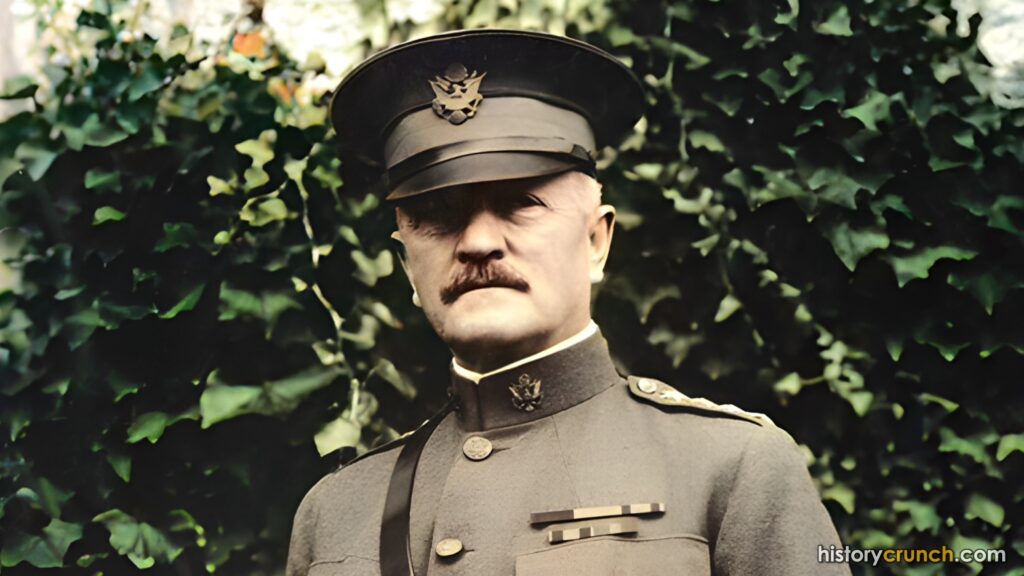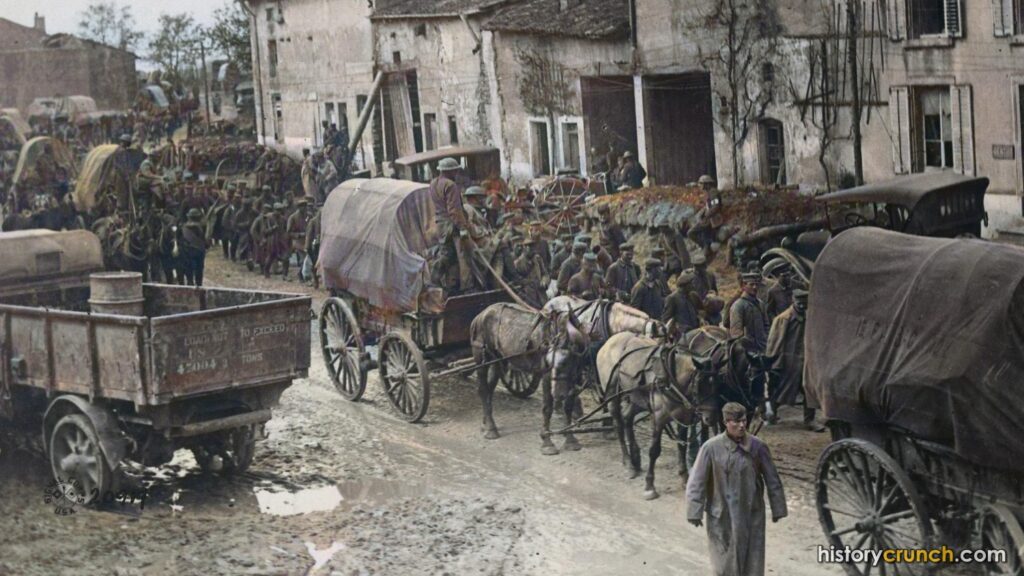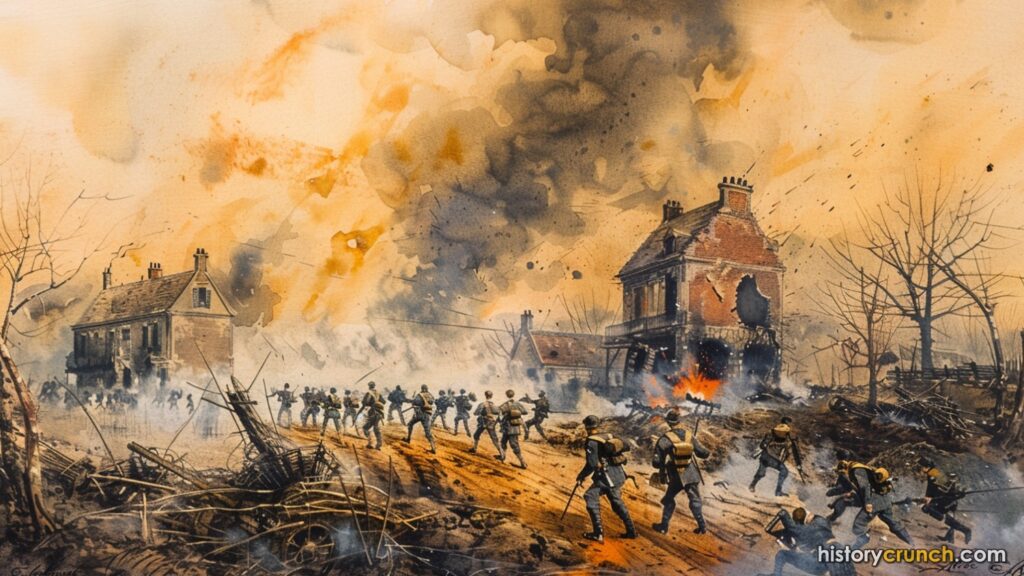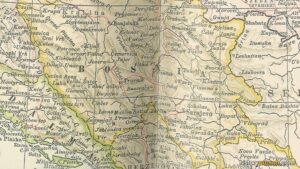The Battle of Saint-Mihiel was an important battle of World War I that was fought along the Western Front. This was the line of fighting that occurred in the trenches that stretched through Belgium and northern France. The Battle of Saint-Mihiel was fought in 1918 between the Allied Powers of France and the United States against the Central Powers of Germany and the Austro-Hungarian Empire. Historians consider the Battle of Saint-Mihiel to be a significant battle in the history of the United States and its role in World War I.
WHEN AND WERE DID THE BATTLE OF SAINT-MIHIEL OCCUR?
The Battle of Saint-Mihiel in World War l occurred from September 12th to the 15th in 1918. As stated above, the Battle of Saint-Mihiel took place in Northern France and was fought between the Allied Powers (United States and France) and the Central Powers (Germany and Austria-Hungary). During the course of World War I, the region of Saint-Mihiel had been controlled by Germany as a salient (bulge-like formation that protruded into French territory), which allowed Germany a reasonable amount of control over the area. However, in 1918, American General, John J. Pershing, proposed an Allied attack against the Germans in Saint-Mihiel, as he believed it would create an opening for Allied troops to advance into Germany.
WHAT HAPPENED DURING THE BATTLE OF SAINT-MIHIEL IN WORLD WAR I?
The American First Army began the attack on September 12th, 1918, when several American divisions advanced into the southern portion of the German-controlled Saint-Mihiel salient. French forces supported the assault by advancing on the western section of the salient. Part of the goal of the attack was the capture the French city of Metz, which was an important railroad center that Germany used to control transportation and communications in the region. As such, the French and American forces pushed into the Saint-Mihiel salient, towards the city of Metz.

Another important aspect of the Battle of Saint-Mihiel, was the use of Allied aircraft and tanks. For instance, during the battle, the Allies mobilized over 1,400 aircraft that provided air support to the troops on the ground. As well, the aircraft ensured Allied control of the air during the battle. Also, American General John J. Pershing mobilized several tank divisions that advanced alongside the infantry divisions. The combination of soldiers, aircraft and tanks allowed the Allies to advance into the Saint-Mihiel salient with little opposition from the German defenders. The battle was over just days later on September 15th, with the American forces capturing all of the objectives that they had set out to accomplish.

WHAT WAS THE OUTCOME OF THE BATTLE OF SAINT-MIHIEL?
In total, the Allies suffered approximately 7,000 casualties while the Germans suffered over 22,000. General Pershing began preparing for the final major American engagement of World War I – the Meuse–Argonne Offensive.





